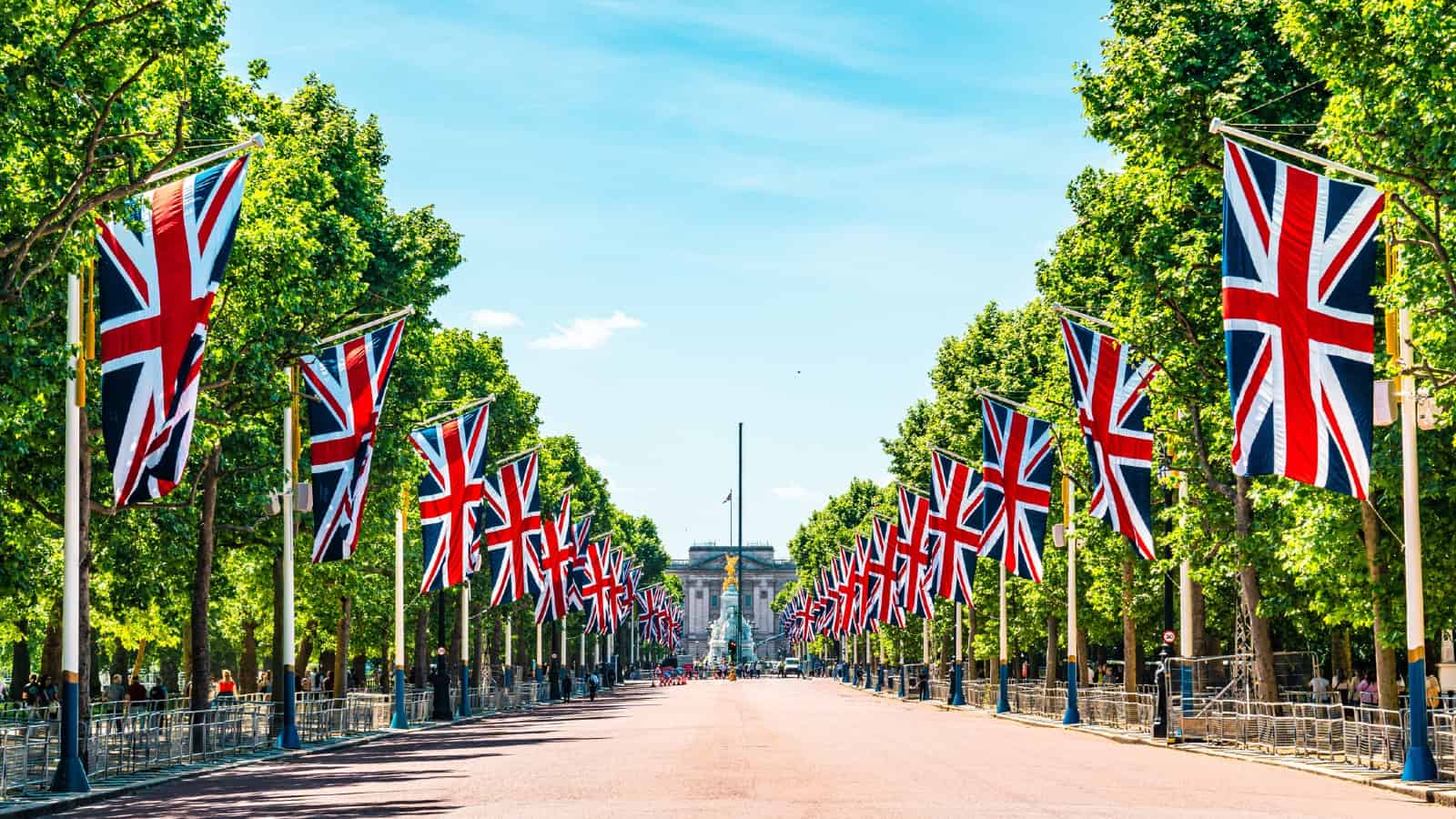A UK Dividend Aristocrat is generally defined as a company listed on the stock market with increasing or stable dividends for at least 10 consecutive years. For shares in the US S&P 500, it’s 25 years.
Considering the London Stock Exchange traces its roots back to 1698, it’s not surprising to find it packed with income royalty. Indeed, a handful of investment trusts have increased dividends for over 50 years!
Dividend Aristocrats tend to perform well over long periods. Their established market positions and stable earnings give them a defensive quality, which investors typically value during periods of turbulence.
Should you invest £1,000 in Barclays right now?
When investing expert Mark Rogers has a stock tip, it can pay to listen. After all, the flagship Motley Fool Share Advisor newsletter he has run for nearly a decade has provided thousands of paying members with top stock recommendations from the UK and US markets. And right now, Mark thinks there are 6 standout stocks that investors should consider buying. Want to see if Barclays made the list?
Therefore, they can provide a resilient backbone to a stocks portfolio. To use a football analogy, I suppose it’s similar to having a sturdy defence. This solid base means the team is unlikely to fold every time it gets put under pressure.
A cherry-picking strategy
Thankfully, we don’t have to start rooting through the dividend track records of hundreds of stocks to compile a list. Some firms have already done that work for us and made specific Dividend Aristocrat exchange-traded funds (ETFs).
A popular one is the SPDR S&P UK Dividend Aristocrats ETF (LSE: UKDV). Here are its top 10 holdings.
| ETF weighting | |
| Intermediate Capital Group | 5.79% |
| Legal & General | 5.29% |
| Primary Health Properties | 5.29% |
| IG Group | 5.25% |
| National Grid | 4.98% |
| British American Tobacco | 4.83% |
| Hargreaves Lansdown | 4.36% |
| Schroders | 4.20% |
| Big Yellow Group | 3.92% |
| Unilever | 3.60% |
At first glance, the list contains some excellent income stocks.
So, should I just invest in this ETF and forget about picking individual stocks?
Looking at its stagnant five-year share price, I’m going to say no.
Granted, there have been the regular dividends paid over this period, but the fund’s yield is only about 4.1% today.
I don’t find that very tempting when I can invest in shares of Legal & General and British American Tobacco individually and aim to double that yield.
Of course, those payouts aren’t guaranteed and, as in history, aristocrat status isn’t permanent.
But I do think a fruitful strategy would be to cherry-pick what I consider to be the best individual Dividend Aristocrats and build an income portfolio around those.
The importance of dividends
Since 1926, dividends have contributed approximately a third of the S&P 500’s total return, with share price appreciation making up the rest.
For the FTSE 100, it’s even more dramatic. According to data from wealth management firm Charles Stanley, putting £1,000 into the blue-chip index 20 years ago would have generated around £2,179 (as of February). But with dividends reinvested, it would be £4,577, more than double.
This points to the power of compounding returns.
Sacrificing yield
Looking at my own portfolio, one high-quality Dividend Aristocrat that stands out is spirits giant Diageo.
The starting yield isn’t the highest at 2.9%, and the firm is on the naughty step with investors after delivering a shock profit warning in November. This concern about a slowdown in sales hasn’t gone away, and may even intensify.
Yet I think its portfolio of premium brands — including Guinness, Smirnoff and Johnnie Walker — will stand the test of time. Meanwhile, the prospective payout is covered almost two times by forecast earnings.
I recently took advantage of share price weakness to buy more shares.








